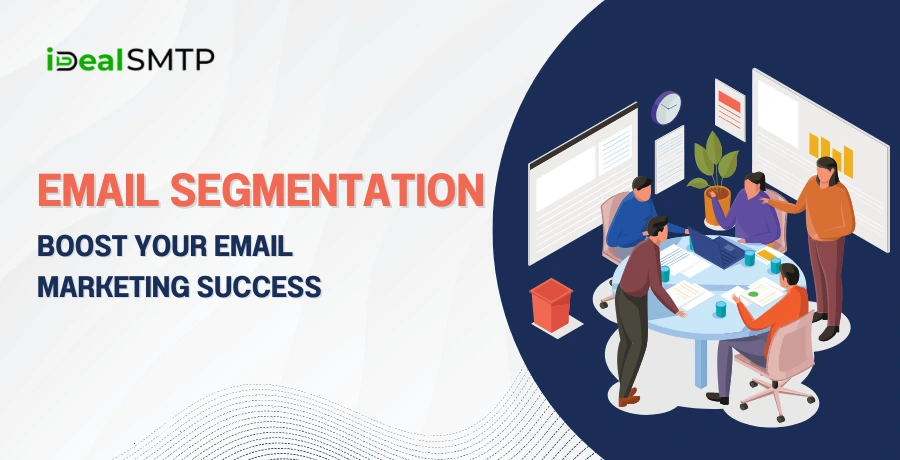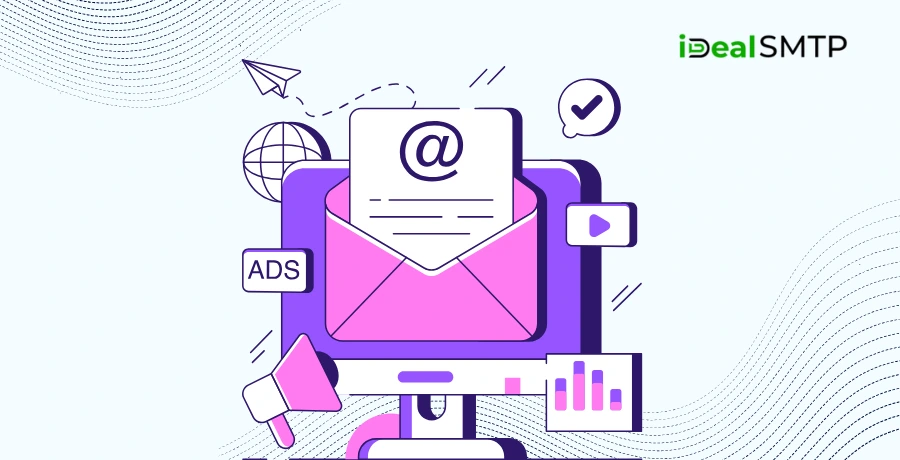Businesses must attach every available tool to maximize engagement and conversion rates. Email segmentation is one of the most powerful strategies for improving email marketing campaigns. By dividing an email list into smaller, more targeted groups, businesses can deliver personalized and relevant messages that resonate with their audience.

In this blog, I will try to explain all the details about email list segmentation, the best email segmentation strategies, how B2B email segmentation differs from B2C, and how email marketing services can help implement an effective segmentation approach.
Table of Contents
Pricing
| Trail Plan | Standard Plan | Premium Plan | Professional Plan |
| $50 | $145 | $185 | $225 |
| Sending Limit | Sending Limit | Sending Limit | Sending Limit |
| 1000 Emails/Hour | 1500 Emails/Hour | 3000 Emails/Hour | 5000 Emails/Hour |
What is Email Segmentation?
Email segmentation is dividing an email list into different groups based on specific criteria such as demographics, behavior, purchase history, or engagement levels. The goal is to send highly relevant and personalized emails that improve open rates, click-through rates, and conversions.
Why is Email Segmentation Important?
- Higher Engagement Rates– Personalized emails tend to have better open and click-through rates.
- Increased Conversion Rates– Targeting the right audience with the right message boosts conversions.
- Reduced Unsubscribe Rates– Sending relevant emails prevents users from unsubscribing.
- Better Deliverability– Engaged subscribers improve sender reputation and inbox placement.
- Stronger Customer Relationships– Personalization fosters trust and loyalty.
Key Types of Email List Segmentation
To create an effective email segmentation strategy, marketers must understand different segmentation types and how they can be used to optimize campaigns.
1. Demographic Segmentation
This involves segmenting your email list based on characteristics such as age, gender, location, income, or industry.
Example: A fashion retailer might send different product recommendations based on gender.
2. Behavioral Segmentation
Segment users based on their interactions with your brand, such as past purchases, website visits, or email engagement.
Example: A SaaS company might target users who signed up for a free trial but haven’t converted to a paid plan.
3. Geographic Segmentation
For businesses operating in multiple regions, geographic segmentation ensures emails are tailored to specific locations.
Example: A travel company could send vacation deals based on the recipient’s location.
4. Psychographic Segmentation
This approach considers personality traits, interests, and values to create more meaningful customer relationships.
Example: A fitness brand might target users interested in weight loss differently from those focused on bodybuilding.
5. Lifecycle Stage Segmentation
Segmenting users based on their journey in the customer lifecycle ensures they receive relevant content at the right time.
Example: New subscribers receive welcome emails, while long-term customers get loyalty rewards.
6. Firmographic Segmentation (for B2B Email Segmentation)
For B2B companies, segmenting by industry, company size, or job role helps tailor marketing messages effectively.
Example: A software provider might offer different solutions to startups versus enterprise-level companies.
Crafting an Effective Email Marketing Segmentation Strategy
To implement successful email marketing segmentation, follow these steps:

1. Collect and Analyze Data
Gather relevant data such as user demographics, behavior, and preferences through sign-up forms, website analytics, and CRM tools.
2. Define Segmentation Criteria
Determine which segmentation factors align with your business goals. Start with broad categories and refine them over time.
3. Personalize Email Content
Use dynamic content and personalized subject lines to make emails more engaging for each segment.
4. Automate Segmentation with Email Marketing Services
Platforms like iDealSMTP, SMTPget, and ActiveCampaign offer advanced segmentation features to streamline your email campaigns.
5. Test and Optimize
Monitor the performance of segmented email campaigns and refine strategies based on open rates, click-through rates, and conversions.
B2B Email Segmentation: Key Considerations
B2B email segmentation requires a different approach compared to B2C. Here are some factors to consider:
- Decision-Making Process- B2B purchases involve multiple stakeholders, requiring tailored messaging for different job roles.
- Longer Sales Cycle- B2B sales cycles are longer, so email sequences should nurture leads over time.
- Industry-Specific Needs- B2B customers often require highly specialized content relevant to their industry.
- Lead Scoring and Engagement Levels- Segmenting based on lead scores ensures marketing efforts focus on high-value prospects.
How Email Marketing Services Support Segmentation
Email marketing services provide essential tools to implement and optimize segmentation strategies. Key features include:
- Automation- Set up triggered emails based on user behavior.
- CRM Integration- Sync customer data for better segmentation.
- A/B Testing- Test different segments to find the most effective strategies.
- Analytics and Reporting- Track engagement and refine campaigns accordingly.
Conclusion
Effective email segmentation enhances customer engagement, improves deliverability, and increases conversions. By implementing a well-defined email segmentation strategy, businesses can create targeted campaigns that resonate with their audience. Whether focusing on B2B email segmentation or leveraging advanced email marketing services, segmentation is a must-have tool for any email marketing campaign.
Start segmenting your email lists today and unlock the full potential of your email marketing efforts with iDealSMTP!







